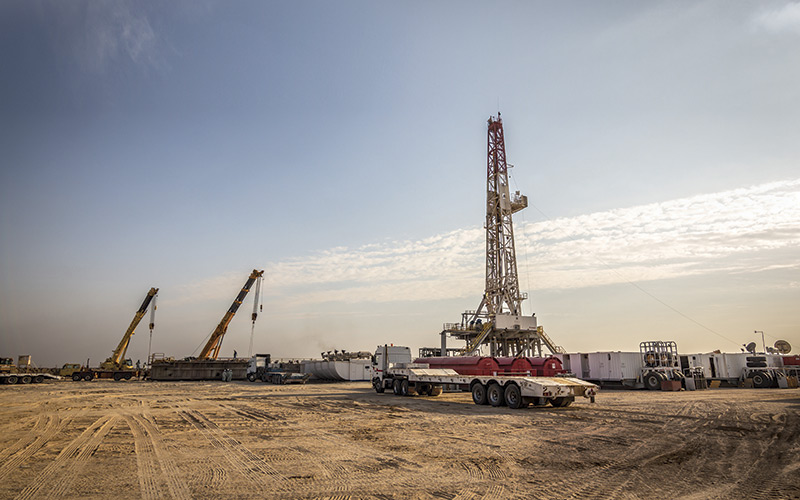Mexico shifts to shale
As Mexico opens up its shale potential to the world, Hector Rocha and Christian Bravo at EY Mexico look at what’s on offer

Shale plays in Mexico are considered some of the most important in the world. The country has the sixth-largest potential gas reserves and eighth-largest potential oil reserves in the world, with estimated technically recoverable resources of 545tn cubic feet of natural gas and 13.1bn barrels of oil and condensate, according to the Energy Information Administration.
These unconventional resources are located in the Chihuahua, Sabinas, Burro-Picachos, Burgos, Tampico-Misantla and Veracruz geological provinces. There have been exploration activities since 2010, mainly in the Burgos, Tampico-Misantla and Sabinas basins, to confirm the continuity of the play across the border, but activity for the rest of the areas has been limited.
Development of particular shale gas plays represent a compelling value proposition for Mexico. Bringing these new resources online will help meet increasing demand while reducing dependency on imports and counteracting current production decline. However, the developments must make economic sense.
Shale bonanza
The National Hydrocarbons Commission has announced the first unconventional bid round (3.3), to be held on 5 September 2018. The eagerly awaited auction encompasses nine onshore blocks for exploration and production in the Burgos Basin, known for its gas and condensates.
The excitement around unconventional resources in Mexico comes mainly from the fact that the Upper Cretaceous Eagle Ford formation, which is probably the most active shale play in the world, underlies much of South Texas and extends into Mexican territory – known as the Eagle Ford-Agua Nueva formation. Additionally, the well-known Haynesville formation in the US continues into Mexico, where the analogous formation is called Pimienta-La Casita.
Based on current limited data, the Eagle Ford-Agua Nueva formation shows similarities to its US equivalent and is estimated to house two-thirds of the unconventional resources. However, geological structures on the Mexican side are considerably more complex: the shale zone is narrower, has lesser continuity and is structurally more disruptive.
On the other hand, Pimienta-La Casita is considered the most attractive unconventional target in Mexico, as it does not have the challenges that Eagle Ford-Agua Nueva has. However, it comes with its own peculiarities: it lies deeper than Agua Nueva, below the 3,000 metres mark, which translates into more technical and operational challenges. Additionally, Pimienta-La Casita only houses one-third of the estimated technically recoverable resources.
The Burgos Basin holds the largest undeveloped shale resources in Mexico, which offers a clear opportunity for investment. It is still a greenfield, and activities so far have not been enough to properly characterise the plays. Participants in Round 3.3 will have to use their technical knowledge and expertise to assess the blocks with limited data (20 wells and scarce 2D or 3D seismic), as well as the regulatory framework around topics such as the use of water, aquifer contamination, induced-seismic, gas leaks, etc.
Fuel for thought
Current technical requirements for participation do not state that the operator must have experience in unconventional plays. Such operators must arm themselves with expertise, create alliances and hire oilfield service companies, or be vulnerable to the big challenges these plays will bring.
Round 3.3 is only the beginning for the Mexican-era of unconventional oil, as it represents only 4% of the total technically recoverable resources published in the five-year plan. There will also be opportunities for the construction of midstream infrastructure further down the line, once the fields are ready for production.
All in all, operators must decide whether or not to set a footprint earlier in one of the largest shale reservoirs in the world and use it as an advantage for future rounds, while leveraging their expertise to make positive returns out of their investment.
By Hector Rocha, Oil and Gas Partner and Deputy Leader, and Christian Bravo, Oil and Gas Market Intelligence Director, EY Mexico
Disclaimer: the views reflected in this article are the views of the authors and do not necessarily reflect the views of the global EY organisation or its member firms.






Follow us
Advertise
Free e-Newsletter